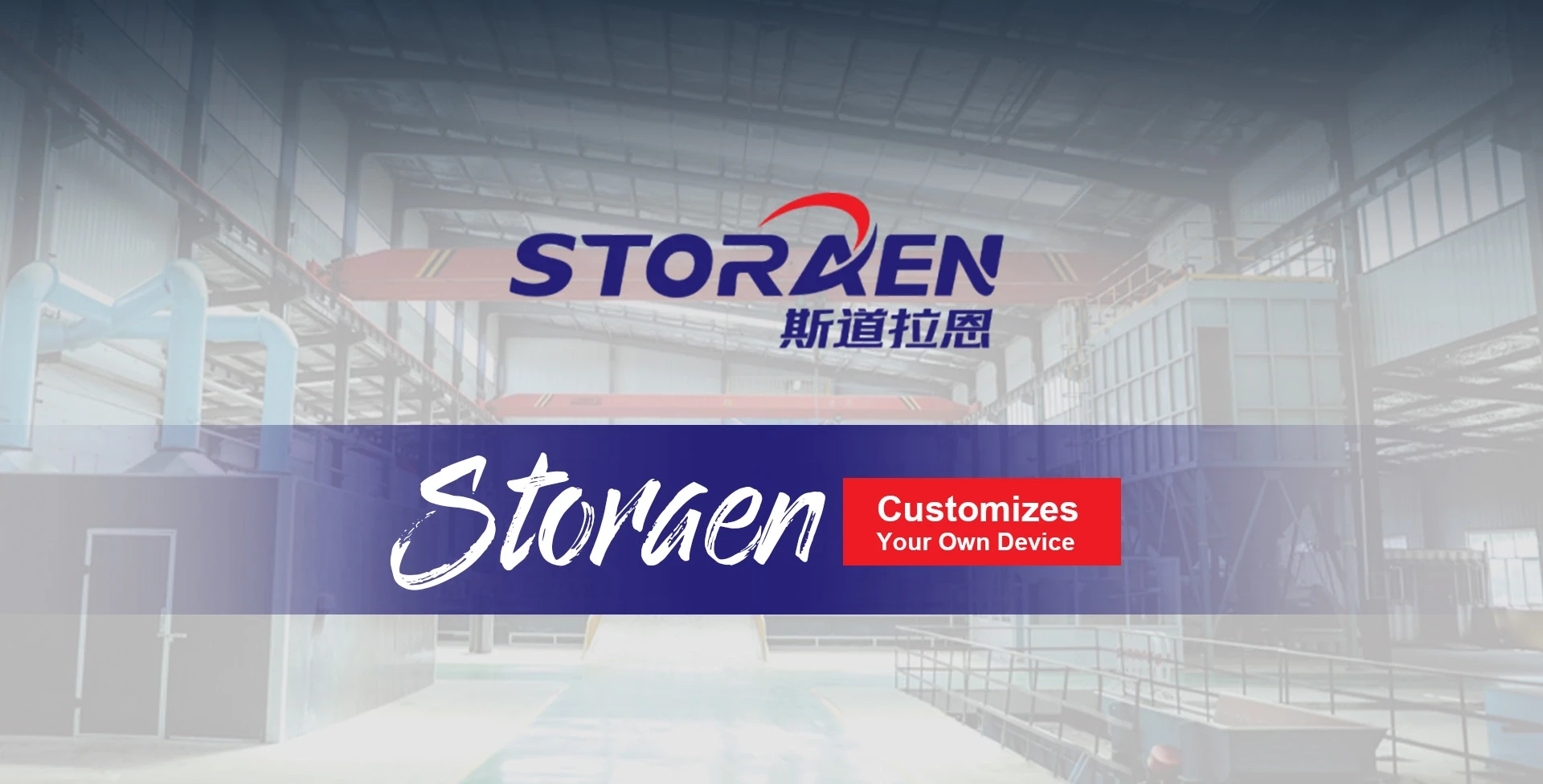Лис . 09, 2024 09:23 Back to list
Flanged Y Strainer Selection for Optimal Fluid Filtration and System Protection
Understanding Flanged Y Strainers A Comprehensive Guide
In industrial applications, maintaining the integrity of fluid systems is crucial for efficient operation and longevity. A critical component in achieving this is the flanged Y strainer. This device plays a vital role in filtering out unwanted particles from liquids or gases, ensuring that systems run smoothly and without interruption.
What is a Flanged Y Strainer?
A flanged Y strainer is a type of filtration device designed to protect pumps, valves, and other equipment from contaminants in fluids. The unique Y shape allows for a more effective flow path and makes installation simple. The flanges on either side provide a secure connection to piping systems, ensuring that there are no leaks and that the system maintains its integrity.
The design of a flanged Y strainer features a straining element or mesh filter inside a body that is typically made from durable materials such as stainless steel, bronze, or carbon steel. These materials are chosen based on their ability to withstand various environmental conditions, fluids, or gases being processed.
How It Works
Flanged Y strainers operate by allowing liquid or gas to pass through the strainer. As the fluid flows through the filter mesh, larger particles and debris are trapped while clean fluid continues through the pipeline. This filtration process helps prevent clogging and damage to downstream equipment. Regular maintenance, which includes cleaning or replacing the straining element, is essential for optimal performance.
Installation and Maintenance
Installing a flanged Y strainer is relatively straightforward, especially when the pipeline is already equipped with flanged connections. It is essential to ensure the strainer is installed in the correct orientation, typically with the straining element positioned horizontally to maximize its efficiency.
flanged y strainer

Maintenance is crucial to the longevity and effectiveness of the strainer. Periodically, the straining element should be inspected for wear and tear. Depending on the application and debris levels, this could be done monthly, quarterly, or annually. Cleaning can often be done by simply removing the straining element and flushing it with water or using a brush.
Applications of Flanged Y Strainers
Flanged Y strainers are versatile and find applications across various industries, including
1. Water Treatment They are used to filter out sediments and organic matter from raw water before it enters treatment processes. 2. Chemical Processing In chemical plants, strainers protect pumps and valves from particles that could affect product quality or cause shutdowns.
3. Oil and Gas The oil and gas industries use Y strainers to prevent contaminants from damaging equipment during extraction and transportation.
4. HVAC Systems Strainers help maintain the efficiency of heating and cooling systems by preventing debris from clogging components.
5. Food and Beverage To meet sanitation standards, strainers prevent impurities from entering food processing operations.
Conclusion
In conclusion, flanged Y strainers are essential components in fluid systems across a variety of applications. They provide a crucial function by filtering out unwanted particles and protecting downstream equipment from potential damage. Regular maintenance ensures that these strainers operate effectively, thereby prolonging the life of associated machinery and systems. By understanding their function and importance, industrial operators can make informed decisions that lead to improved efficiency and reliability in their processes. Whether you are in manufacturing, water treatment, or any other field utilizing fluid systems, investing in quality flanged Y strainers is a step toward safeguarding your infrastructure.
-
Surface Plate Maintenance Best Practices for LongevityNewsJun.27,2025
-
Historical Evolution of Iron Surface Plates in Industrial MetrologyNewsJun.27,2025
-
Cast Iron Y Strainer Safety StandardsNewsJun.27,2025
-
Blockchain Verification for Gauge Tool Certification IntegrityNewsJun.27,2025
-
Advantages of Triple Offset Butterfly Valve Types in High-Pressure SystemsNewsJun.27,2025
-
Wear Resistance Strategies for Trapezoidal ThreadsNewsJun.26,2025
Related PRODUCTS









